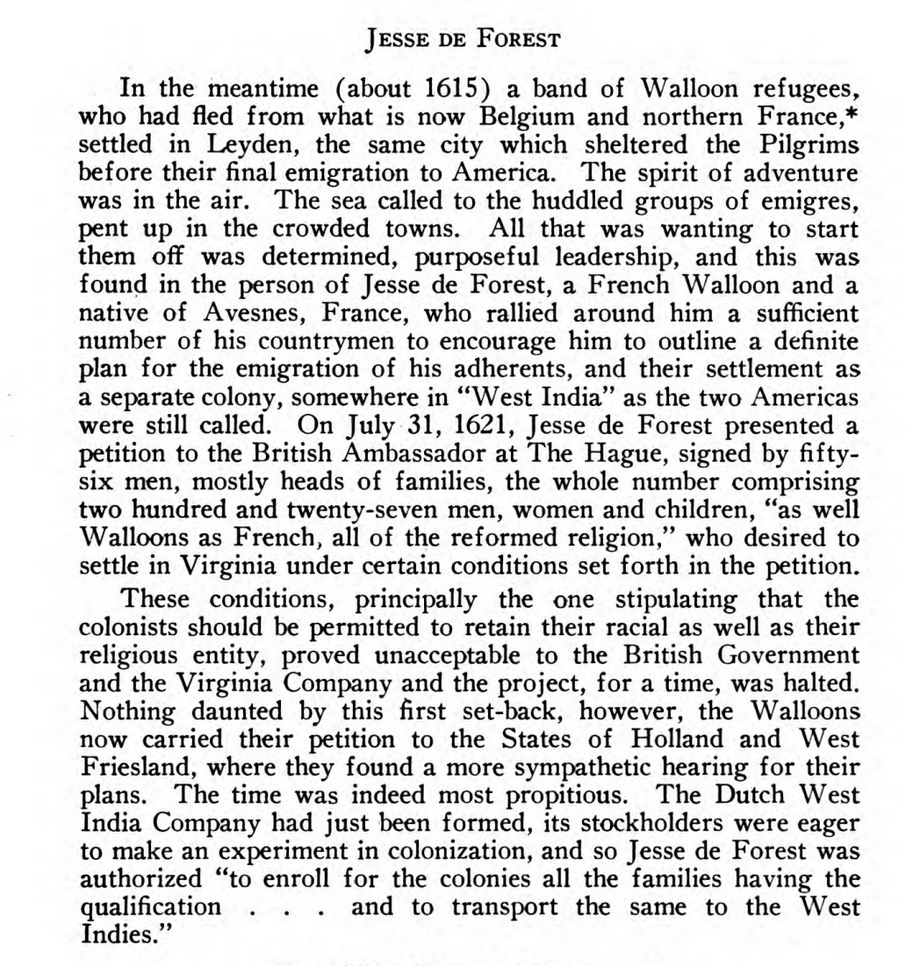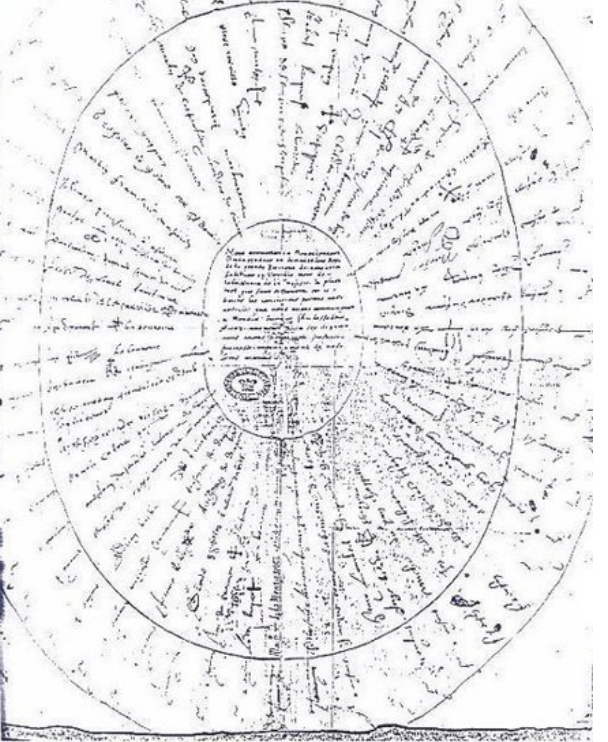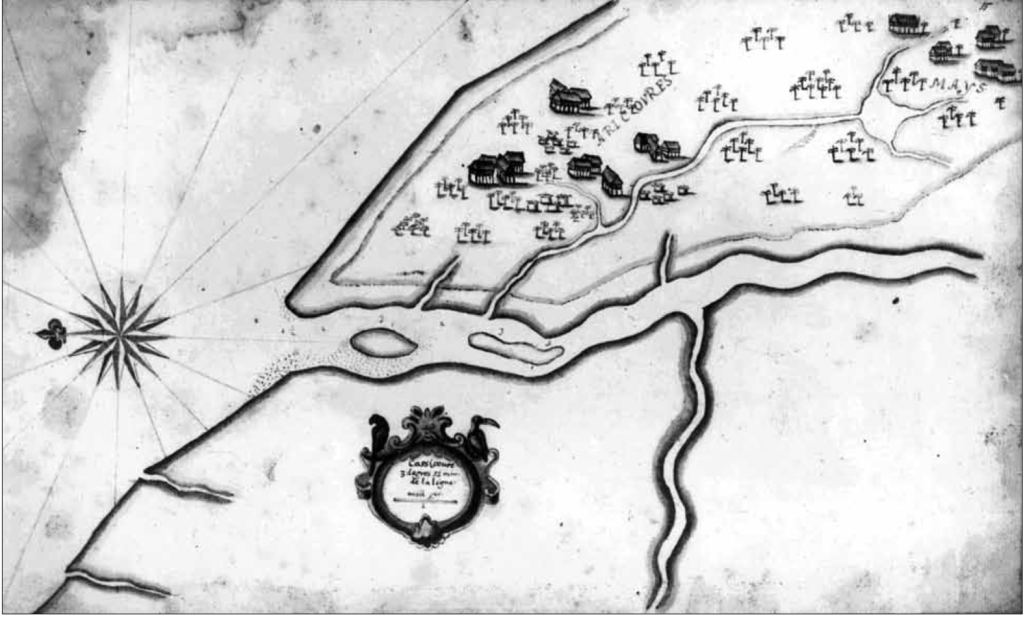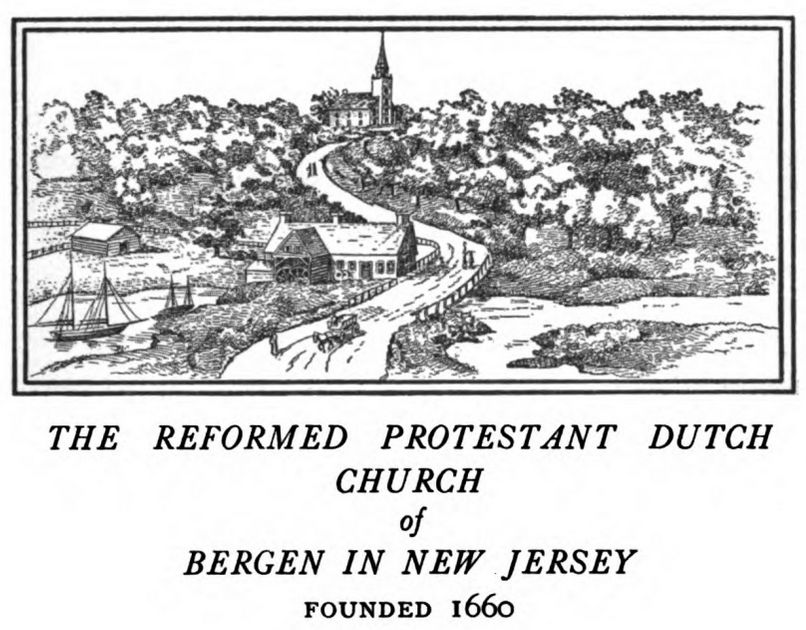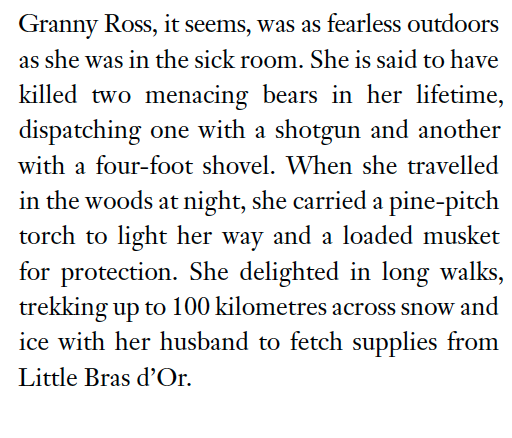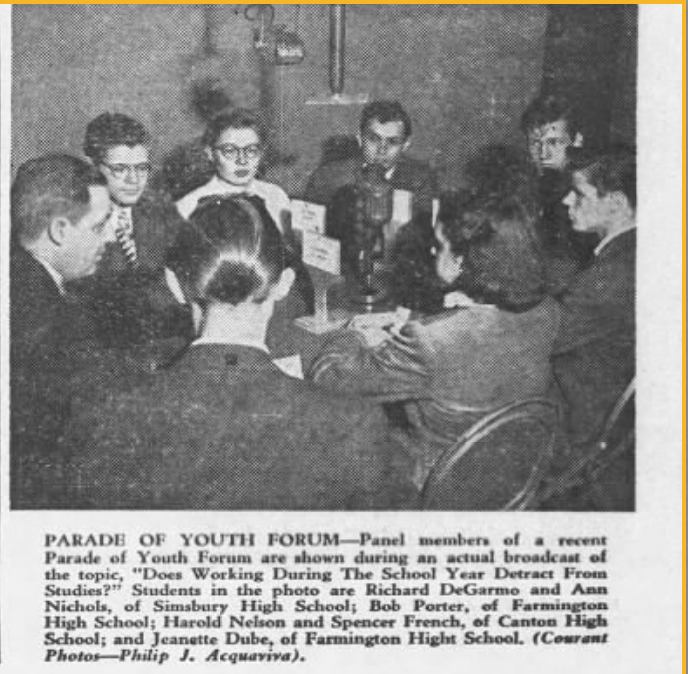Connecticut “the Georgia of the North” – Witness to Slavery
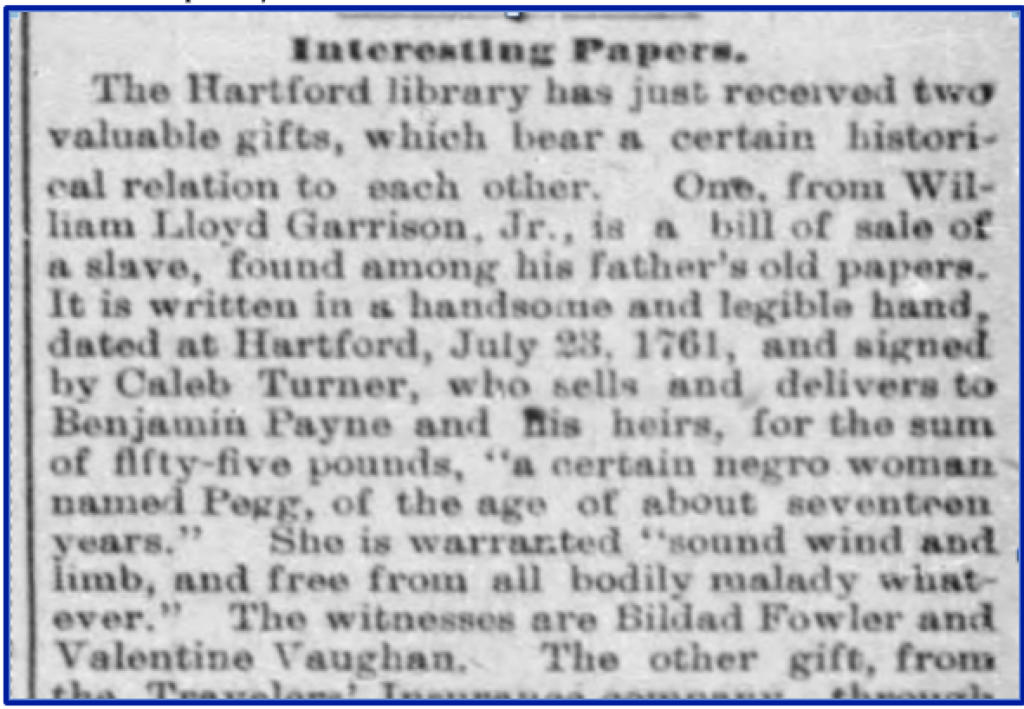
The above clipping from the Hartford Courant makes reference to my 4th great-grandfather, Bildad Fowler, witnessing a bill of sale for the purchase of a slave (Pegg) in 1761 in Hartford, Connecticut. Bildad was a local farmer who later served in the Revolutionary War, he was not a slave owner. Just how and why he was present at the time to witness the signing of this document is not documented.
At the time of the American Revolution, Connecticut had more enslaved Africans than any other state in New England. In 1784 Connecticut passed an act of Gradual Abolition, which stated that those children born into slavery after March 1, 1784 would be freed by the time they turned 25. It did not free the mother, the father, or any other adults. (From the State Historian: Connecticut’s Slow Steps Toward Emancipation)
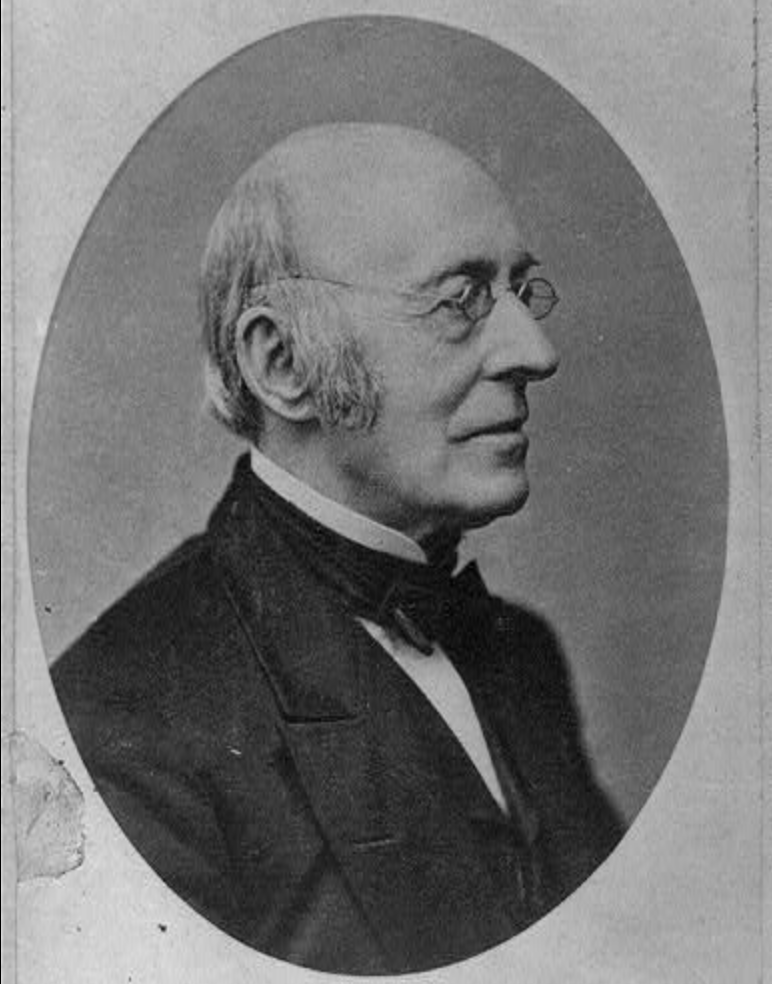
The bill of sale, donated to the Hartford Library, was in the papers of William Lloyd Garrison, a leading white abolitionist and founder of the influential American Anti-Slavery Society “In defending the rights not only of enslaved Americans in the 19th century, but also women and Native Americans, William Lloyd Garrison modeled activism that just as easily applies to the 21st century. “(Article on the Saturday Evening Post) Quote by Garrison – Connecticut “the Georgia of the North”
Who’s Who in the Bill of Sale?
Caleb Turner (Sold Pegg to Benjamin Payne) – Records indicate that Turner owned at least 5 slaves in Hartford during this time period.
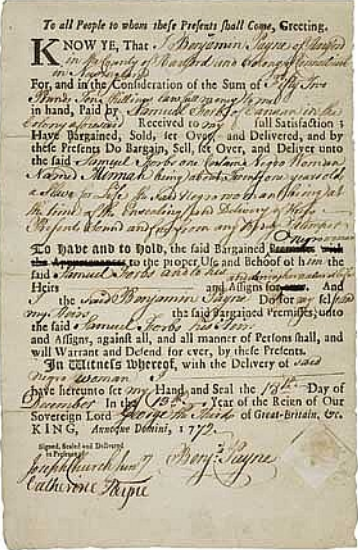
Benjamin Payne (Purchased Pegg) – Benjamin Payne is also on record in 1772 as selling to Samuel Forbes of Canaan in the colony of Connecticut one Negro woman by the name of Minnah, about twenty-one years old, for the sum of fifty-two pounds, ten shillings (right. bill of sale). Payne, a lawyer, was a deputy to the Connecticut General Assembly, clerk for the House and the Governor, and during the Revolutionary War was a member of the Council of Safety, Committee of Correspondence and Committee of Prisoners. Below is an reward issued by Payne for the return of a capture British soldier.
Connecticut Courant Newspaper – May 12, 1777
Runaway: Michael Burn, Hartford, CT. Reward: Not Specified
Transcription: Escaped from the barrack at Hartford last night, one Michael Burn, belonging to Col. Brown’s brigade in the British service, lately taken at Danbury: He is a native of Ireland, about 35 years of age, 5 feet 8 inches high, sandy short hair, […] on the fore part of his head, grey eyes, a little glaring, red complexion, thin visage, large nose, a weaver by trade, speaks very harsh, pretends to a smattering of Latin and Greek, has a comfortable number of books with him, among which are Homer’s Illiad, Ovid’s Metamorphosis, Lillia’s Grammar, &c. He wore off a snuff colour’d coat and vest, white drilling […]. Whoever apprehends said deserter and returns him to Hartford, shall receive a proper reward, and necessary charges paid, by BENJAMIN PAYNE, Committee for Prisoners. Hartford, April 9, 1777.
Valentine Vaughn (Witness) – The only reference to Valentine that I discovered was from May 1766. To celebrate the repeal of the Stamp Act, “a number of young gentlemen were preparing fire works for the evening, in the chamber of the large brick school house, under which a quantity of powder granted by the Assembly for the purposes of the day, was deposited. Two companies of militia had just received a pound a man, by the delivery of which a train was scattered from the powder cask to the distance of three rods from the house, where a number of boys were collected, who undesignedly and unnoticed, set fire to the scattered powder, which was soon communicated to that within doors, and in an instant reduced the building to a heap of rubbish (six dead), and buried the following persons in its ruins, …Valentine Vaughn had his skull terribly broken. (A Celebration Turned Tragic)
Comments, corrections and and suggestions appreciated.
Copyright © 2020. All Rights Reserved by David R. French.




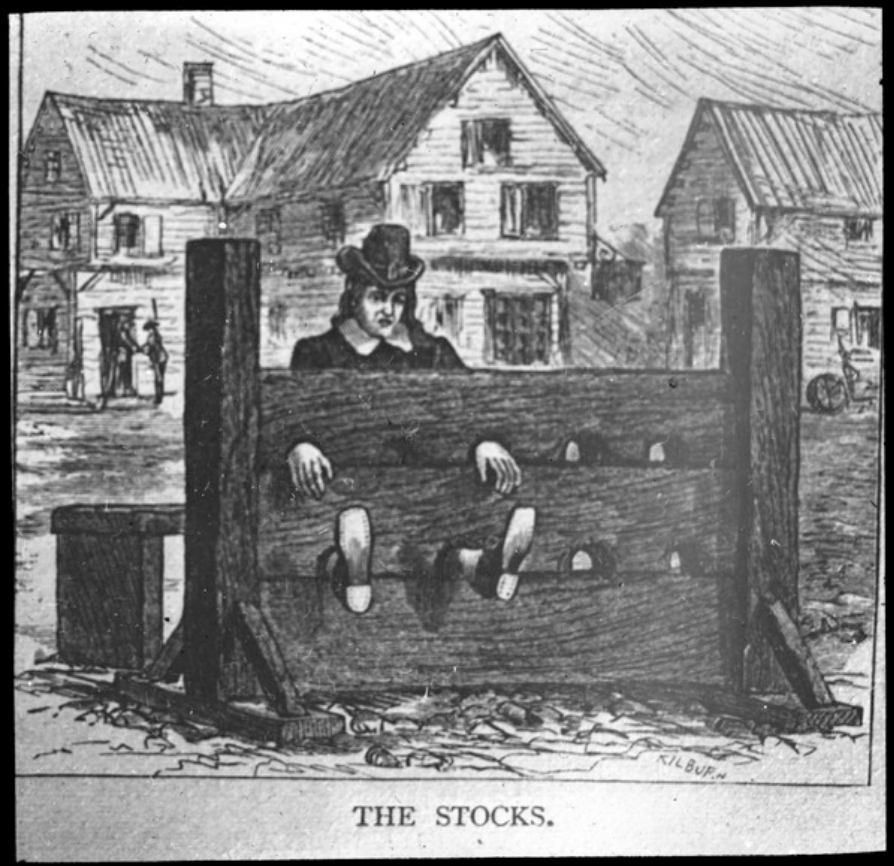




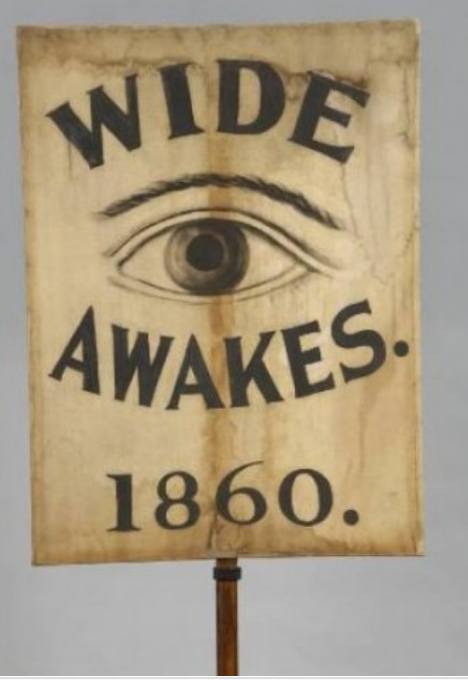
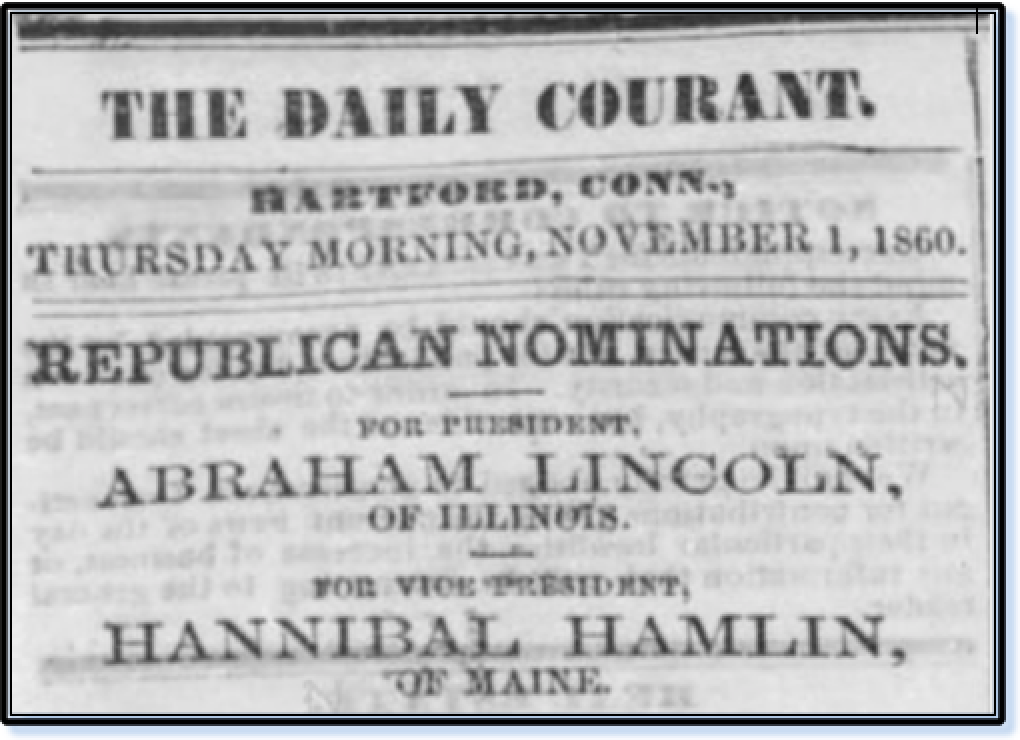
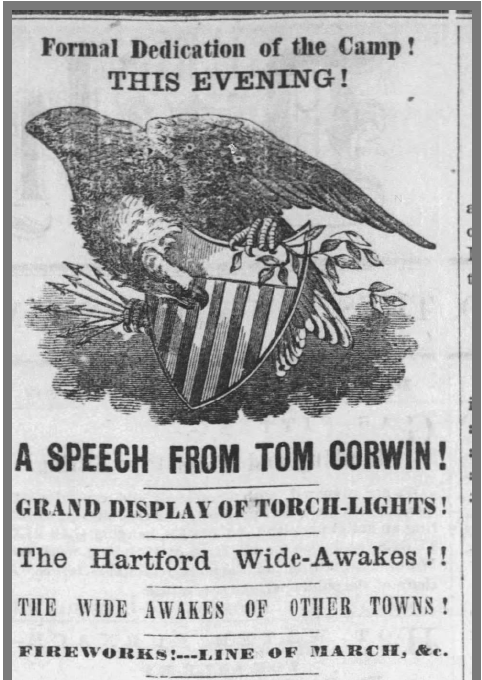

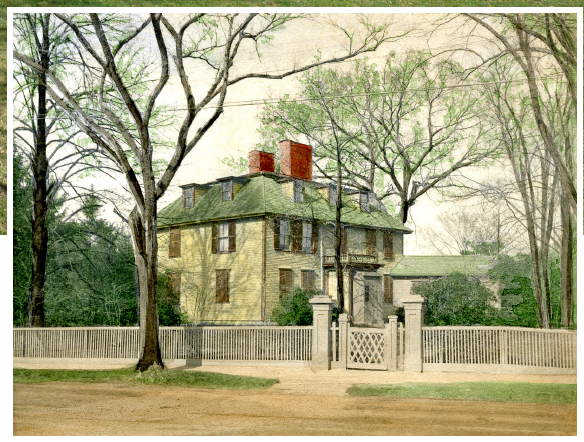 The Buckman Tavern is most renowned for its role in the events of April 19, 1775. However, the site is important in other ways. It has been a notable presence in Lexington since it became a tavern in 1713, shortly after it was built. As a “Public House of Entertainment,” the Tavern was faithfully tended by
The Buckman Tavern is most renowned for its role in the events of April 19, 1775. However, the site is important in other ways. It has been a notable presence in Lexington since it became a tavern in 1713, shortly after it was built. As a “Public House of Entertainment,” the Tavern was faithfully tended by 
